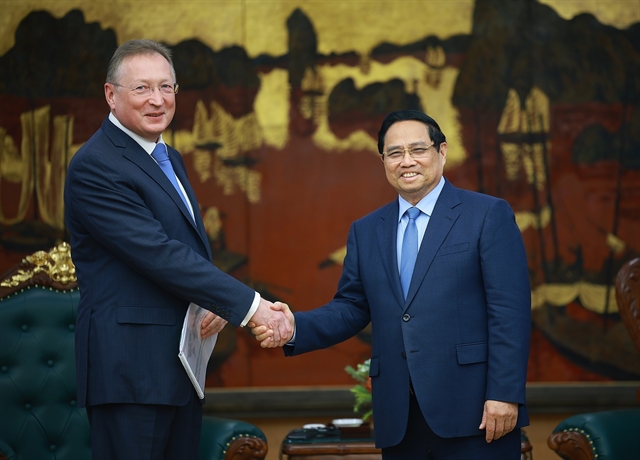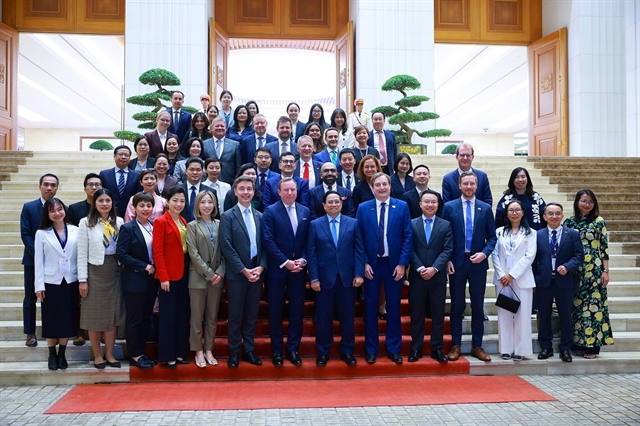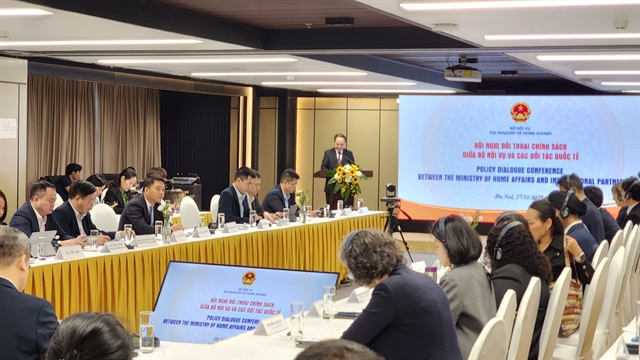 Economy
Economy


|
| Taiwanese firms showcase their products at a fair in Hà Nội. — Photo enternews.vn |
HÀ NỘI - Việt Nam, along with Thailand, is considered the first choice for suppliers based in Taiwan (China) planning to move into Southeast Asia to address increasing capacity demand, Digitimes Asia has reported.
In a story published this week, the news platform said many Taiwan-based suppliers intend to meet increasing capacity demand by relocating manufacturing to Southeast Asia and building new industrial clusters there to tap the demographic and geographic advantages as well as rapidly growing market demand in the region.
“They look to replicate their experiences in mainland China and make Southeast Asia the next world factory that will support rising needs as the global supply chain makes transitions to accommodate 'G2' (US vs China) developments," the platform reported.
Some suppliers noted manufacturers choose to build new production bases in Việt Nam and Thailand in part for their transport infrastructure, it explained. Being able to transport goods via their road networks would make up for incomplete supply chain ecosystems in Việt Nam or Thailand.
It also added that the shift to regional manufacturing had given rise to the new trend of short supply chains. The supply chains in Việt Nam and Thailand were near completion after years of effort. Furthermore, component suppliers' added demand in recent years were largely for automotive and home appliance parts, rather than ICT devices and applications, which allows them to better connect with Thailand's local industry development.
Việt Nam and Thailand are therefore the ideal choices for Taiwan-based suppliers foraying into Southeast Asia, followed by Malaysia, Indonesia, and the Philippines, according to the article.
Many suppliers indicate the COVID-19 pandemic has forced them to put off or suspend their plans to move into Southeast Asia.
Digitimes Asia cited industry observers as saying that when the suppliers strategise about building new production bases in Southeast Asia, aside from customer requirements and supply chain considerations, they should also gain an understanding of what preferential treatments and investment incentives Southeast Asian governments may offer to attract manufacturers looking to set up production outside of mainland China. — VNS




